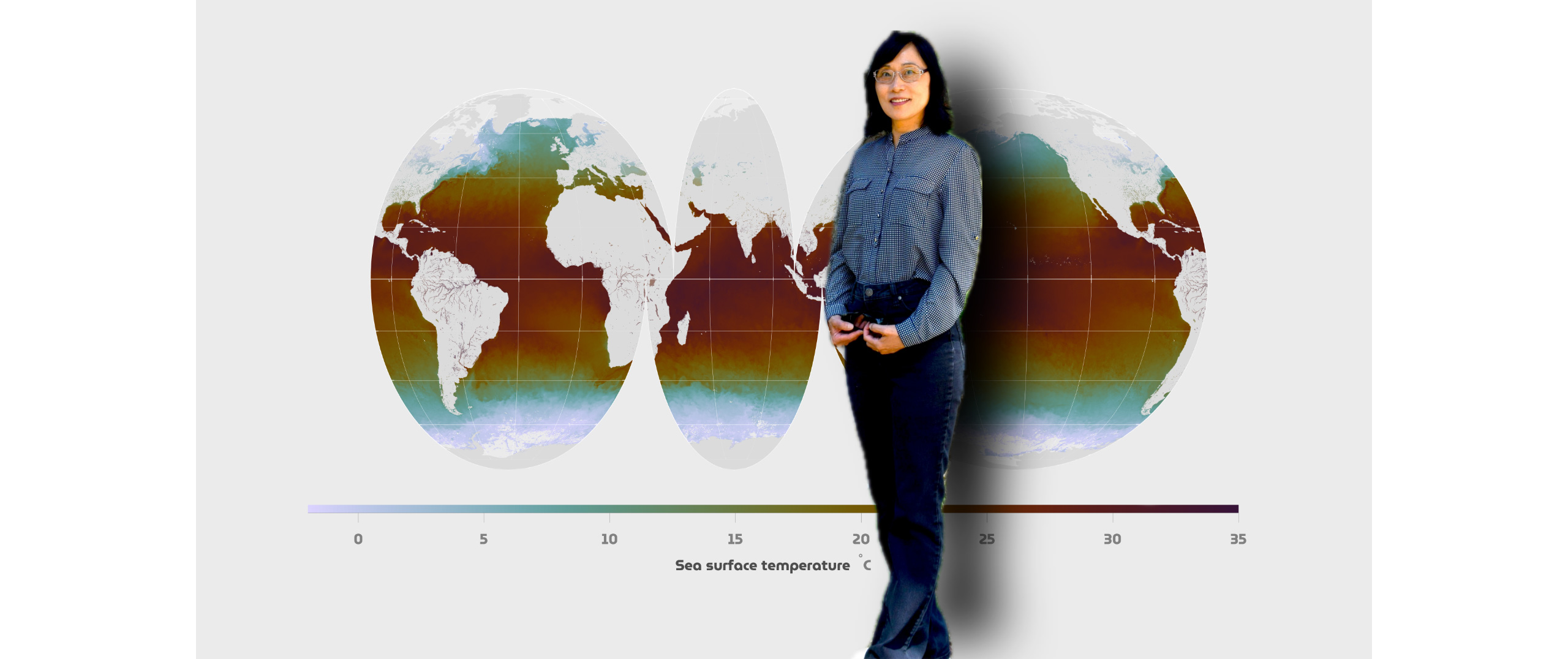The Atlantic Niño, a climate phenomenon characterised by regional sea surface warming in the equatorial Atlantic Ocean, has a significant impact on tropical climate, including the El Niño and Southern Oscillation (ENSO), which has large climatic impact worldwide. Our recent publication (Zhang et al. 2023) shows that the Atlantic Niño has undergone significant changes, with the emergence of two distinct types: the central and eastern Atlantic Niño. The eastern Atlantic Niño has been weakening since the 1970s, which allows the central Atlantic Niño to emerge and become more prominent since the early 2000s. In this study, we demonstrate that the central Atlantic Niño, with its unique spatial pattern, exerts a stronger influence on tropical climate compared to its eastern counterpart. This finding explains why we still see a strong remote impact on ENSO despite the weakening of both eastern and central Atlantic Niño combined. Differentiating between the two types of Atlantic Niño seems key for a comprehensive understanding of their climatic impacts on both local and remote regions, including their role in influencing ENSO.
Increase in MJO predictability under global warming
The Madden–Julian Oscillation (MJO) is an eastward-moving atmospheric disturbance that occurs in every 30-60 days in the tropics, with strong manifestations in clouds, rainfall, winds, and pressure. The MJO has significant impacts on global weather and climate and is a dominant source of their sub-seasonal predictability. Our recent study (Du et al. 2023) found that the MJO has become more predictable (i.e., increase in predictability) under the influence of anthropogenic warming in the past century, and this increase will continue during the twenty-first century based on the results from climate model projections. The increased predictability is due to the stronger MJO amplitude, more regular oscillation patterns and more organised eastward propagation under global warming.
Sea level variability along the U.S. East coast
Coastal flooding is one of the major threats to nearshore regions, and it has become more frequent along the U.S. east coast in recent decades. The year-to-year (i.e., inter-annual) sea level variations, superimposed on decadal fluctuations and climate change-induced global sea level rise, have significant impacts on the frequency and spatial variation of coastal flooding. The factors that can drive the year-to-year sea level variations are complex. Local forcings arise for example from atmospheric wind and sea level pressure in the nearshore regions. Other sea level signals are remotely forced and propagate to the U.S. east coast from the open ocean and from the subpolar north Atlantic down via the western boundary. In our recent study (Zhu et al 2023a), we found that during the satellite altimetry era from 1993-2019, local wind and sea level pressure play more important roles than other remote forcing in driving the year-to-year coastal sea level variations in the Mid-Atlantic Bight and Gulf of Maine, while both local and remote forcings are important in the South Atlantic Bight.
The role of local forcings, however, is non-stationary with time, with a significantly increased impact on coastal sea level in the Mid-Atlantic Bight and Gulf of Maine especially during boreal summer season in recent decades (1990-2020) compared to earlier decades (1959-1989) (Zhu et al. 2023b). The enhanced impact of local forcings in recent decades results mainly from the increased influence of atmospheric sea level pressure associated with the North Atlantic Oscillation (NAO), a dominant inter-annual climate variability pattern that has large influence on the U.S. and European climate. A stronger NAO-associated low sea level pressure anomalies is centred around the Mid-Atlantic Bight region in recent decades, resulting in a larger impact on coastal sea level compared to earlier decades.
- Zhu, Y., W. Han, M. Alexander, and S-K Shin, 2023a: Interannual Sea Level Variability Along the U.S. East Coast During Satellite Altimetry Era: Local versus Remote Forcing. Journal of Climate, DOI: https://doi.org/10.1175/JCLI-D-23-0065.1
- Zhu Y., W. Han, M. Alexander, 2023b: Nonstationary Roles of Regional Forcings in Driving Low-frequency Sea level Variability Along the U.S. East Coast since the 1950s. Geophysical Research Letters, https://doi.org/10.1029/2023GL104191
- Zhang, L., C. Wang, W. Han, M.J. McPhaden, A. Hu, and W. Xing, 2023: Emergence of Central Atlantic Nino. Science Advances, DOI: https://doi.org/10.1126/sciadv.adi5507
- Du, D., A. Subramanian, W. Han, W. Chapman, J. Weiss and E. Bradley, 2023: Increase in MJO predictability under global warming. Nature Climate Change, https://doi.org/10.1038/s41558-023-01885-0



